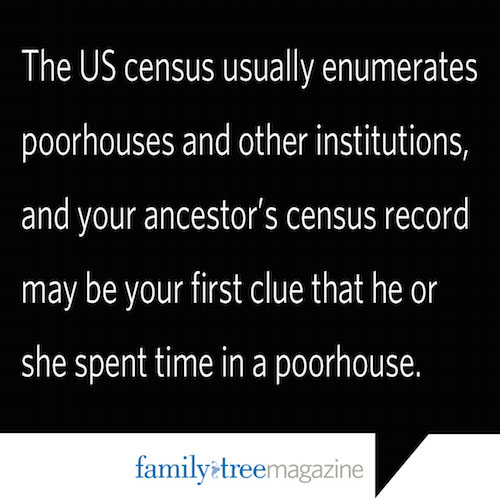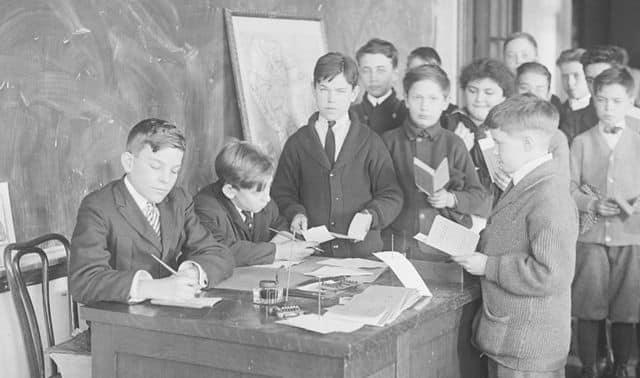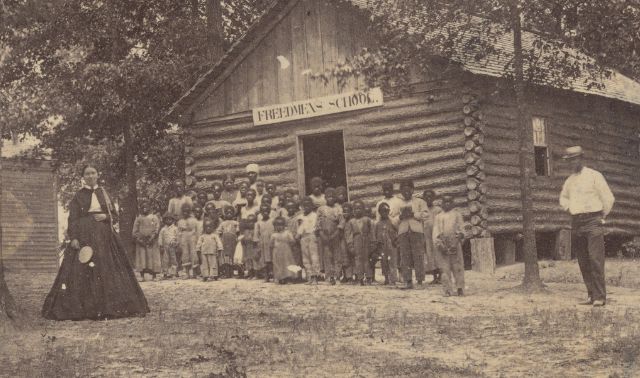Sign up for the Family Tree Newsletter Plus, you’ll receive our 10 Essential Genealogy Research Forms PDF as a special thank you!
Get Your Free Genealogy Forms
"*" indicates required fields
Q: Where’s the best place to locate genealogy records for ancstors who ended up in the poorhouse? Did censuses count them?
A: America has had poorhouses, also called almshouses or county farms, since as early as 1664 in Boston. Caring for the destitute was typically a local matter, with surviving records now in collections at county courthouses, historical societies, state archives, or university libraries.
In North Carolina, for example, the state archives has county commission records that include names of paupers, persons admitted to the county poorhouse, and even those for whom coffins were made. Records from about 1868 to the 1930s are on microfilm at the Family History Library. In Illinois, poorhouse records have been transferred to various institutions in the Illinois Regional Archives Depository system. So Western Illinois University, for instance, has almshouse registers for Henry County spanning 1889 to 1902.
A few of these records have been posted online. Ancestry.com has a database of New York almshouse and poorhouse records from 1830 to 1920 (find it by keyword-searching the site’s card catalog). Olive Tree Genealogy has links to poorhouse records. You can learn more about poorhouses at Poorhouse Story and see our research guide available at Family Tree Shop.

The US census usually enumerates poorhouses and other institutions, and your ancestor’s census record may be your first clue that he or she spent time in a poorhouse. If you can’t find the poorhouse enumeration when browsing censuses, check the end of the population schedules, where institutions were sometimes listed. A few censuses even enumerated institutions on separate schedules.
During the 1880 US census, enumerators created Pauper and Indigent listings as part of the special schedules of “Defective, Dependent and Delinquent” individuals. Check the column for Health in the 1880 population schedule to see if your ancestor is also named on those “DDD” schedules, available for many states on Ancestry.com.
ADVERTISEMENT



